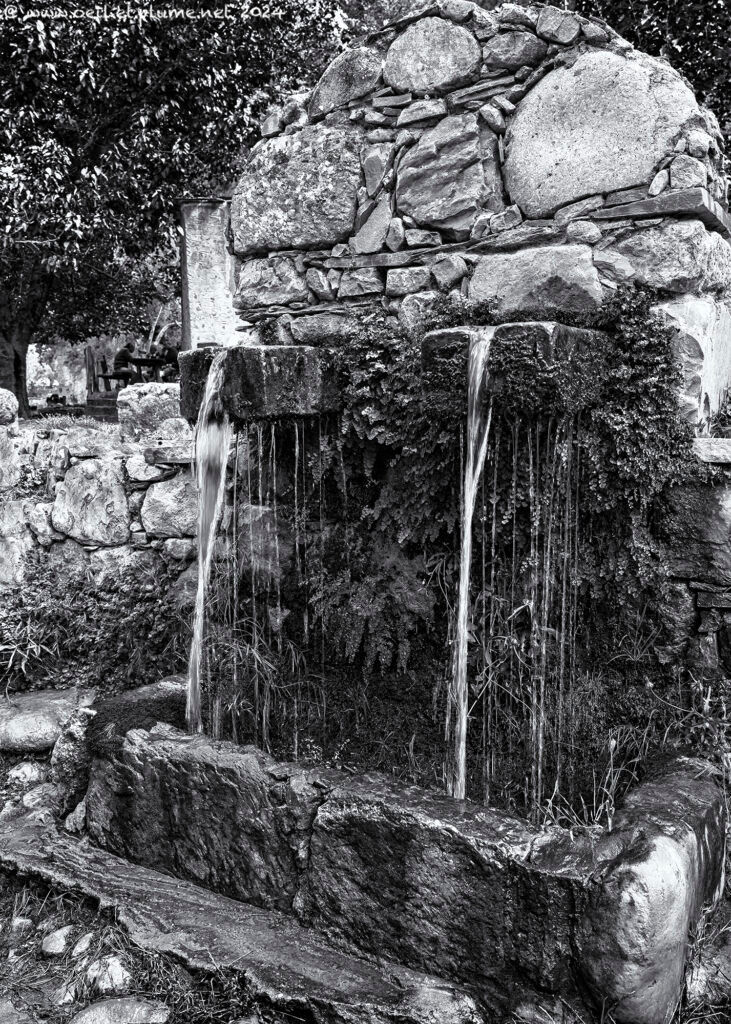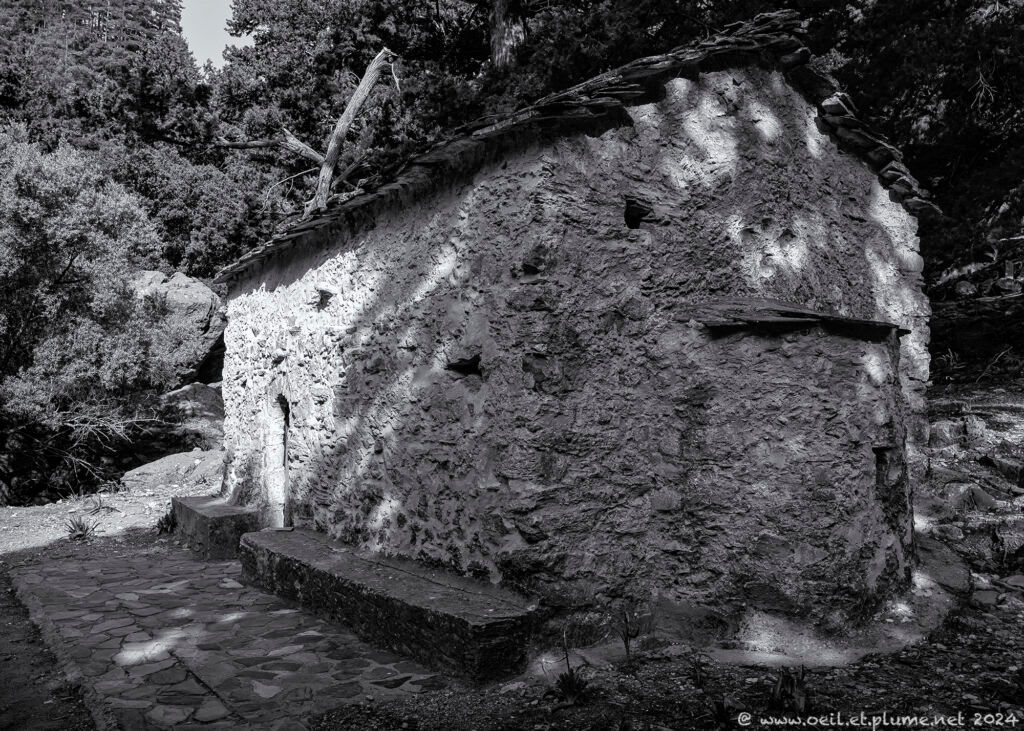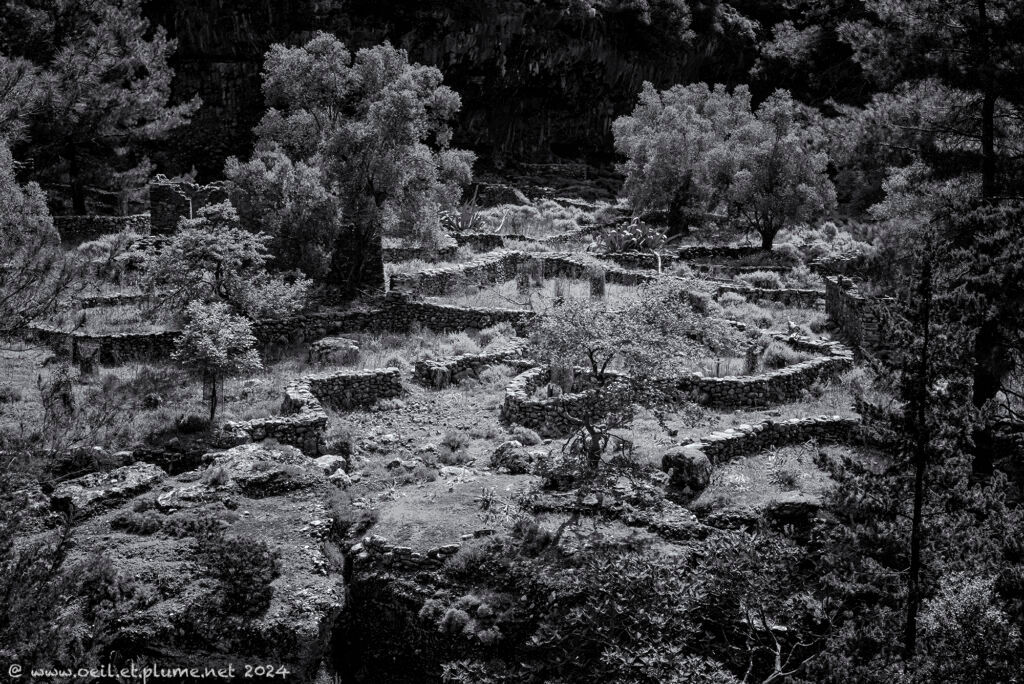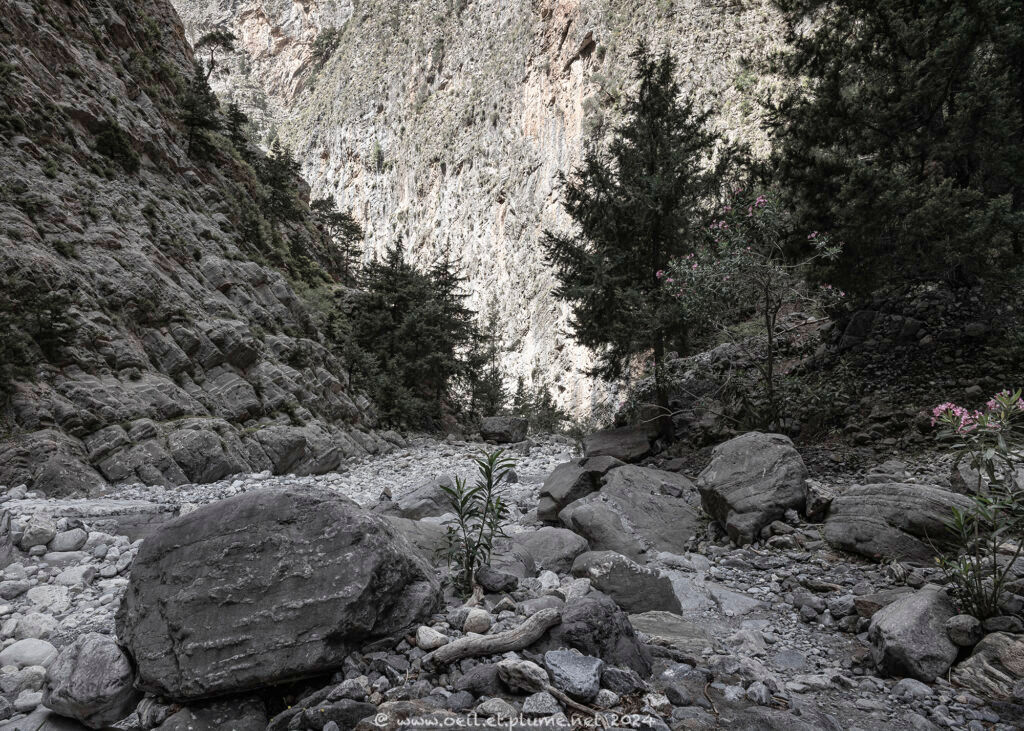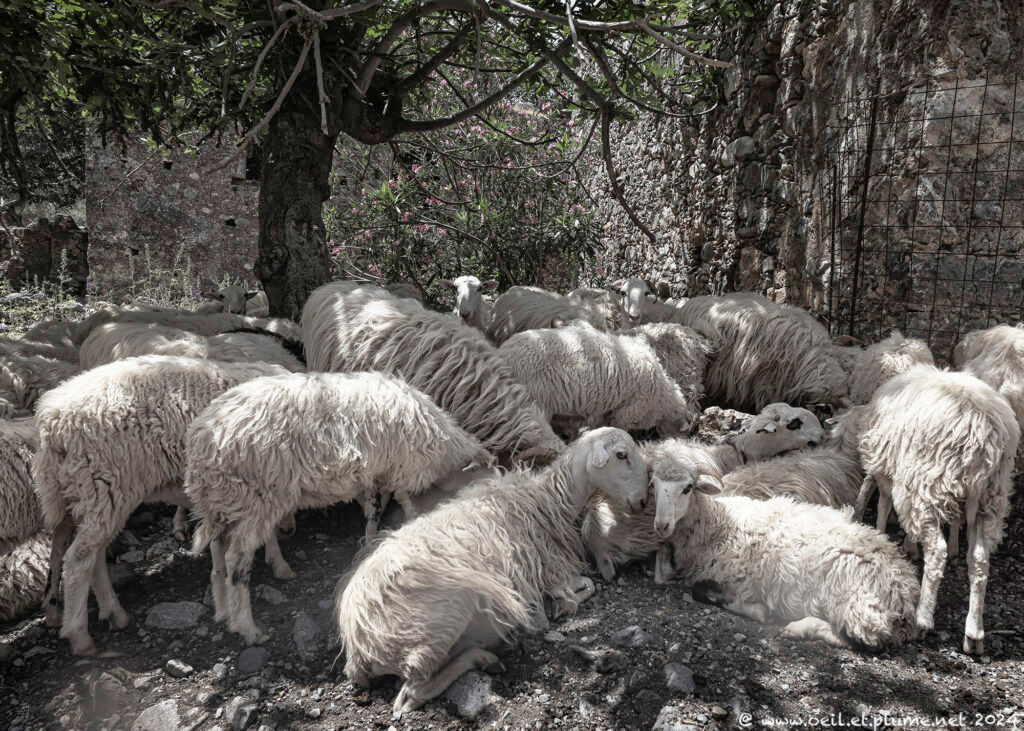White Mountains
According to the Greek mythology, Zeus used to travel to southwest Crete whenever he was bored with the disputes and intrigues in Olympus. From his throne located on the Mt Gygilos in the White Mountain range, he would then race his chariot on the nearby plateau.
Legend has it also that one of the Titans cut the Lefka Ori (Cretan name for the White Mountains) with his knife and created numerous various mineral gorges, to start with the famous Samaria Gorge.
Made mainly of light grey to bluish limestone, the White Mountains peaks are so named because they exhibit a white or off-white colour throughout the year. The off-white of limestone during the summer and fall interchanges with the snow capping the peaks in winter and spring.
Samaria Gorge
The Samaria Gorge is a unique natural site and symbol of Crete. Since immemorial times, it has represented an ark for life and holds a special place in Cretan, Greek and Mediterranean history.
The Samaria gorge was created by a modest water stream running between the White Mountains and Mt Volakias. Starting at an altitude of 1,250 m in the north, the 16-km gorge ends at the shores of the Libyan Sea in Agia Roumeli.
Samaria Gorge was inhabited since prehistorical times. During the Hellenistic Antiquity, the lower part of the gorge hosted the important city of Tara. In the 1st century B.C., a Greek temple was built in the upper section of the gorge, dedicated to Artemis, Goddess of the hunters. Later, the Romans also practiced their religious beliefs there, long before the first Christian church built in the 13th century. Located half-way between both ends of the gorge, the village of Samaria flourished, enriched with pieces of Venetian and Byzantine architecture.
Living in a splendid isolation for centuries, the village of Samaria forged a social microcosm that made its inhabitants very special even to the rest of Cretan people. The last residents had a hard time abandoning the village in 1962 following the creation of the Samaria Gorge Natural Park. Many of their descendants are still nostalgic of the unique rural lifestyle developed by their ancestors in such pristine natural environment.
The White Mountains have a rich history as a hiding place for rebels during Cretan uprisings against the Venetian and Ottoman rulers, as well as during German Occupation (1941–1945). The village of Samaria was a centre of Cretan armed and political resistance.
Nowadays, a steep and serpentine stone path descends 600m of altitude to the valley bottom, to follow eventually the river stream in a variety of beautiful and wild ecosystems. The Samaria gorge hosts numerous endemic vegetal species, as well as rare animals. The kri-kri, native type of wild goat, has populated in the Cretan mountains for centuries. It is nowadays an endangered species.
Imbros Gorge
The Imbros Gorge is an 11-km canyon running north-south, parallel to and east of, the Samaria Gorge. Created by a small river, it is all mineral, narrow and tortuous.
Historically, the gorge has been much less a place of religious worship, living and hideout like Samaria than a formidable communication line across the western part of Crete. Its mule trail has represented historically the only connection between Chania in the north and Hora Sfakion in the south, before the construction of a road in modern times.
Nowadays, the Imbros Gorge is a beautifully secluded spot, visited only by a handful of herders and trekkers passing through. This is at least my experience in a low-tourism period. I felt an intimate connection to the wild landscape which nurtured overall a profound sense of serenity and, at times, some anxiety due to my strong geographic isolation.
Comparison is not reason
“There is just Samaria Gorge, the rest of them are mere canyons” often claim local Cretan folks. Having trekked both Samaria and Imbros Gorges, I will not compare nor rate them. Both experiences were distinct, and very enjoyable physically and emotionally in their own terms.
The following photographic essay fuses the two experiences. It is not about geographical or historical accuracy, but about emotions and creativity. Rather than a documentary, it is a piece of storytelling. The peculiar rendition of my images follows such interpretative logic. It aims at creating a distinctive experience for the viewer, as the gorges visit did for their creator. Enjoy!
You may have noticed the water scarcity prevailing in both Samaria and Imbros Gorges. Only the lower part of the Samaria Gorge was fed by a small water stream stemming from ground sources, while no water was to be seen in Imbros Gorge. Such shortage reportedly affects the region for longer periods of time since a couple of years. It’s a stark reminder of how climate patterns can change, impacting local ecosystems, agriculture, and the way of life.
Cretan residents may call Titans for them to cut deeper into the White Mountains in order to unveil additional water. Yes, our troubled times require even the help of ancient, mythical powers.
Cheers,















